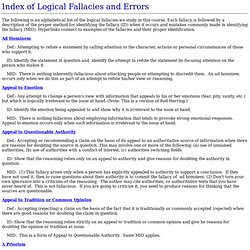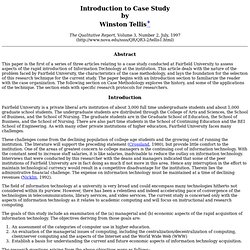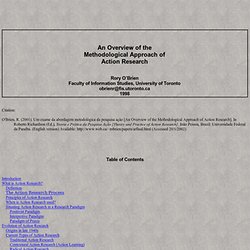

Use and Cite Your Sources. Digital Literacy Resource - A Guide To Doing Research Online. Finding, Evaluating, and Citing Information Sources The academic research project is a standard feature of every student’s life at Cornell.

Consequently, for every student, research projects raise important questions, such as: Where do you find the information you need for your research? How do you find it? How do you evaluate and manage that information once you find it? When engaging in academic research, you have to be a savvy information shopper and a savvy consumer, too. Know where and how to search efficiently to find the best information for your purposes Make good decisions regarding the quality and appropriateness of your information sources, including assessing whether a resource is trustworthy and up-to-date Know who has rights to the work you use Know how to properly give others credit for their ideas Know the extent to which you can ethically remix or synthesize ideas and information in your own work. Index of Fallacies. Index of Logical Fallacies and Errors The following is an alphabetical list of the logical fallacies we study in this course.

Each fallacy is followed by a description of the proper method for identifying the fallacy (ID) when it occurs and mistakes commonly made in identifying the fallacy (MID). Hyperlinks connect to examples of the fallacies and their proper identification. Ad Hominem Def.: Attempting to refute a statement by calling attention to the character, actions or personal circumstances of those who support it.
OpenCourseWare: PTC 604: Communication Theory and Research. The London Consortium » Useful resources for research. HUMA Writing with Sources.pdf (application/pdf Object) New Methods for Humanities Research. QuickStudy: Library Research Guide. Electronic Resources for Research Methods. Introduction to Case Study. The Qualitative Report, Volume 3, Number 2, July, 1997 ( Abstract This paper is the first of a series of three articles relating to a case study conducted at Fairfield University to assess aspects of the rapid introduction of Information Technology at the institution.

This article deals with the nature of the problem faced by Fairfield University, the characteristics of the case methodology, and lays the foundation for the selection of this research technique for the current study. The paper begins with an Introduction section to familiarize the reader with the case organization. The following section on Case Methodology explores the history, and some of the applications of the technique. Introduction Fairfield University is a private liberal arts institution of about 3,000 full time undergraduate students and about 1,000 graduate school students. The Case Study as a Research Method. Uses and Users of Information -- LIS 391D.1 -- Spring 1997 Introduction Case study research excels at bringing us to an understanding of a complex issue or object and can extend experience or add strength to what is already known through previous research.

Case studies emphasize detailed contextual analysis of a limited number of events or conditions and their relationships. Researchers have used the case study research method for many years across a variety of disciplines. Social scientists, in particular, have made wide use of this qualitative research method to examine contemporary real-life situations and provide the basis for the application of ideas and extension of methods.
Critics of the case study method believe that the study of a small number of cases can offer no grounds for establishing reliability or generality of findings. Many well-known case study researchers such as Robert E. Action research electronic reader. Overview of Action Research Methodology. “If you want it done right, you may as well do it yourself.”

This aphorism may seem appropriate if you are a picky housekeeper, but more and more people are beginning to realize it can also apply to large corporations, community development projects, and even national governments. Such entities exist increasingly in an interdependent world, and are relying on Action Research as a means of coming to grips with their constantly changing and turbulent environments. This paper will answer the question “What is Action Research?” , giving an overview of its processes and principles, stating when it is appropriate to use, and situating it within a praxis research paradigm. The evolution of the approach will be described, including the various kinds of action research being used today.
Definition.
Evaluating Resources. Research methods - Library.